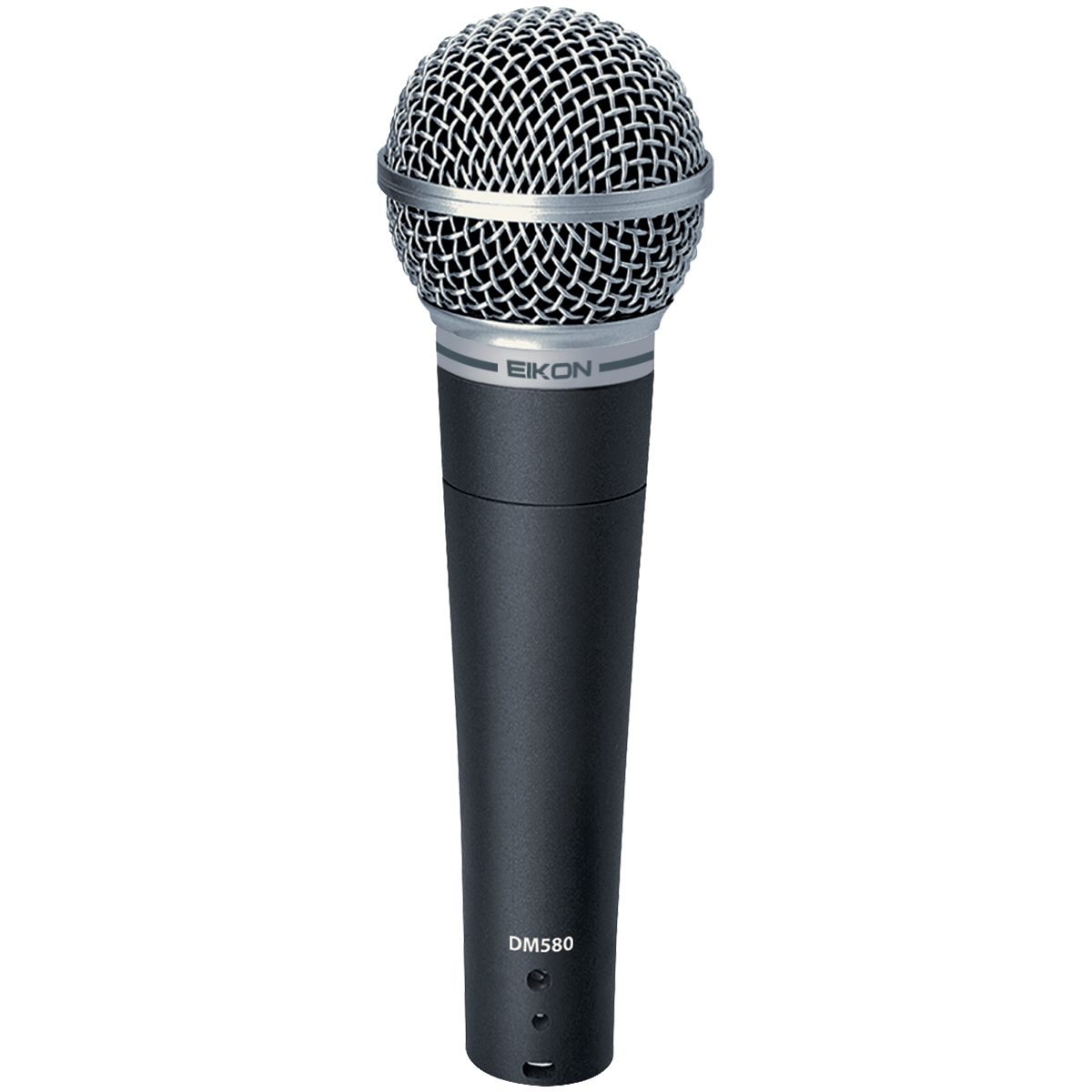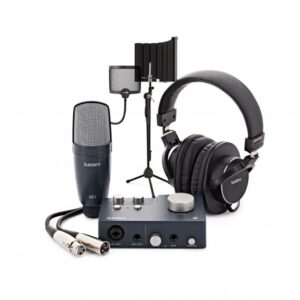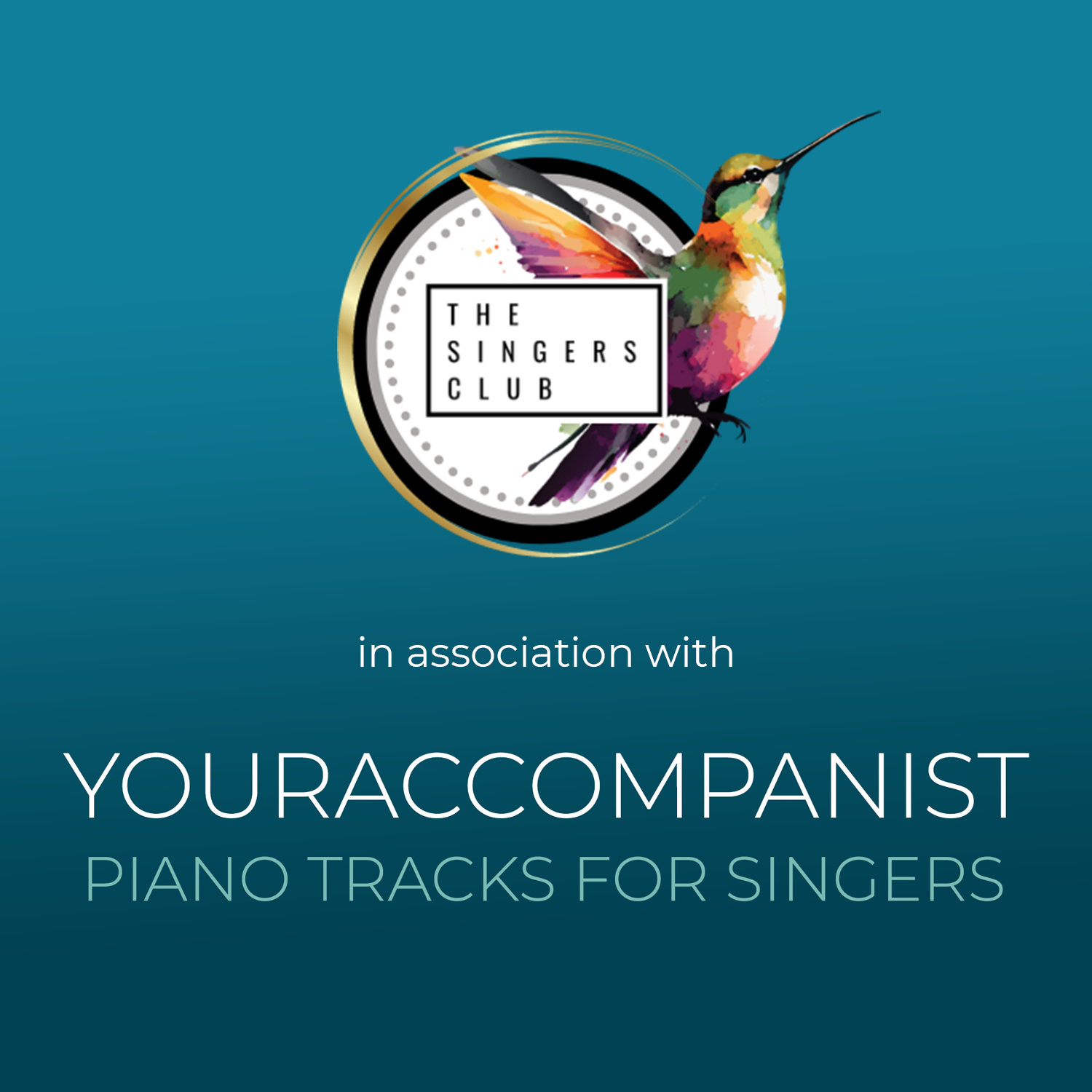“WHAT MICROPHONE SHOULD I BUY?”
This is a great question that is posed to me by my students weekly.
We see people singing with a mic onstage and think… “Cool… I’ll get a mic for practise!”
However, what you hold is only part of the story. A microphone alone will not do much but provide a visual prop. It has to attach to something to make sound.
Today, I’ll touch on three different options
1. Mic to attach to your phone
2. Mic for home recording
3. Mic for singing live
1. Microphone attached to your phone
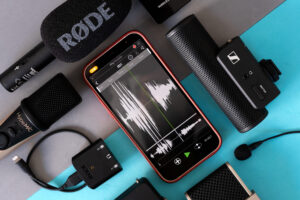
App technology progresses so quickly. There is already much you can do from your phone or ipad. One option is to invest in a mic that attaches directly to your smart phone or tablet. This helps the clarity and quality of the vocal input and is a good option if you do not necessarily want to buy additional equipment but simply want clarity and a higher quality vocal input into your singing apps
Smartphone microphones start from around £15, with a top end Rode model below…
https://www.musicmatter.co.uk/rode-podmic-usb?msclkid=0269670e42c7174d8a030167792565d0
This guy has done a nice video reviewing more iphone microphone examples:
https://youtu.be/FiM63eswQ34?si=-Bl3BvGbx4ig_EO6
2. Mic for home recording
If you are looking to make recordings at home and this is your reason for buying a microphone, then maybe you want to look into a starter home recording kit?
Let’s check out the bundle above (https://www.gear4music.com/Recording-and-Computers/SubZero-BASE-1-2-Channel-Home-Recording-Bundle/64CB?origin=product-ads&msclkid=3cb60d58f2bd1b5dbfe06b31cfcc3ba9&utm_source=bing&utm_medium=cpc&utm_campaign=PLA%20Own%20Brand%20I3%20%7C%20Standard&utm_term=4583589128092498&utm_content=Own%20Brand%20I3)
This is if you want to set up more of a home recording workstation at your computer say, with more power, storage and capabilities. A bundle like the one above might include:
An interface, headphones, microphone + pop shield, reflection filter, mic stand & cable
So along with the microphone itself, you have the software, cables, headphones (so you can hear the playback), the interface (which sits in between the mic and the computer and processes the information), and stand, pop shield etc.
What is an ‘interface’?
An interface is a bridge between the analogue and digital worlds. It is key in converting the sound you put into your microphone one end, into the digital information you work with on the computer.
Reputable brands include: Rode, Shure, Sennheiser, Focusrite, Behringer, Yamaha, Mackie,
Price for a starter bundle will be around £199 – 299 upwards
Example RECORDING microphone:
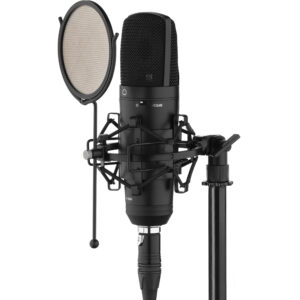
Example LIVE microphone:
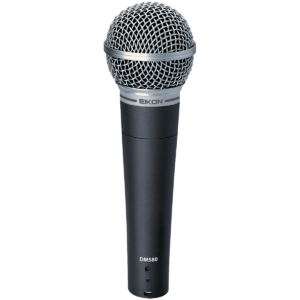
1. Microphone for singing ‘LIVE’
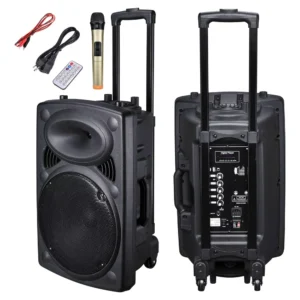 (pic a)
(pic a)
(pic b)
If you’re reading above thinking “That’s cool, but I want to get used to what my voice sounds like onstage“, then you might be wanting more of a live set up. As we mentioned earlier, The mic doesn’t do much on it’s own. We need more gear around it. For a live set up, we’ll need a speaker(s) to hear the sound. Some speakers have all the functions in built (see pic a above). Make sure whatever amp, mixer or active speaker you get has reverb as we need this as singers. If not, you can purchase a ‘reverb pedal’ (link at bottom).
You’ll need cables to attach everything together. To be honest, a nice little karaoke system might be a perfect start that doesn’t feel too confusing! I have a roland street cube… these are awesome and the go-to for buskers all over the world.
Pic B is getting towards more of a professional gigging live set up; with speakers, mic, mixing desk, and cables. A PA system for gigs can range from £250 second hand up into the thousands.
Musicians quite often update gear, or outgrow their initial set ups…. so you often see great bargains on pre loved sites!
Example Live Microphones:
1.Shure SM58 (probably the most iconic, universally used vocalist mic)
2. Sennheiser e850 (my favourite!)
3. Fame Audio – You know, I purchased this for EURO20 for my students to practise – and it’s great! It’s lasted years, it sounds fab… so I’m adding it 🙂
The reverb pedal I have: HERE
If you’re gigging and using other PA systems; sometimes they don’t have any reverb or nice effects for the vocal input, so I found this pedal to be a good investment.
Here you go guys! I really hope that is helpful… good luck on your quest into the world of hardware and software and anythingware…… it’s a rabbit hole…….!! Have fun!
xxxx

